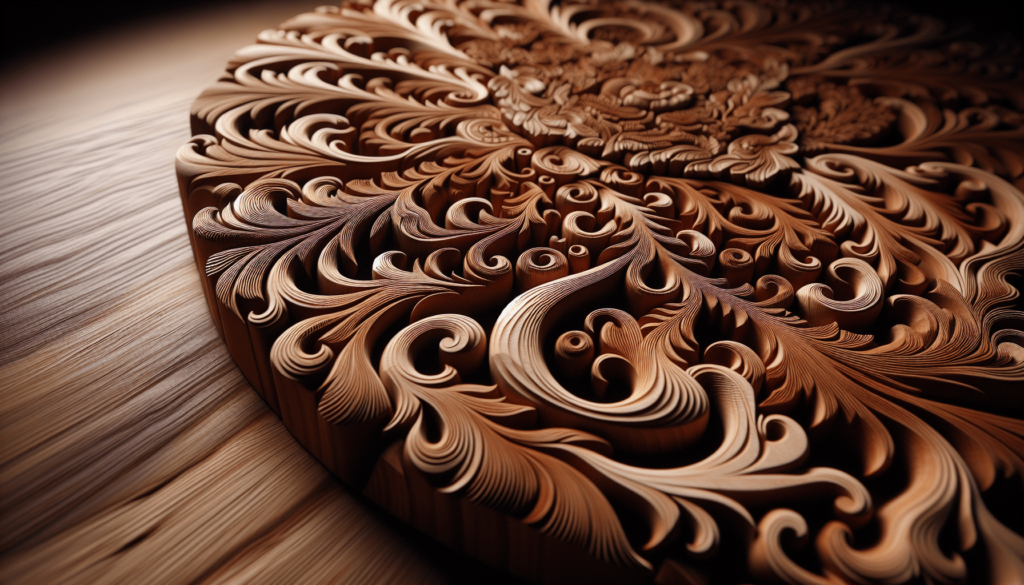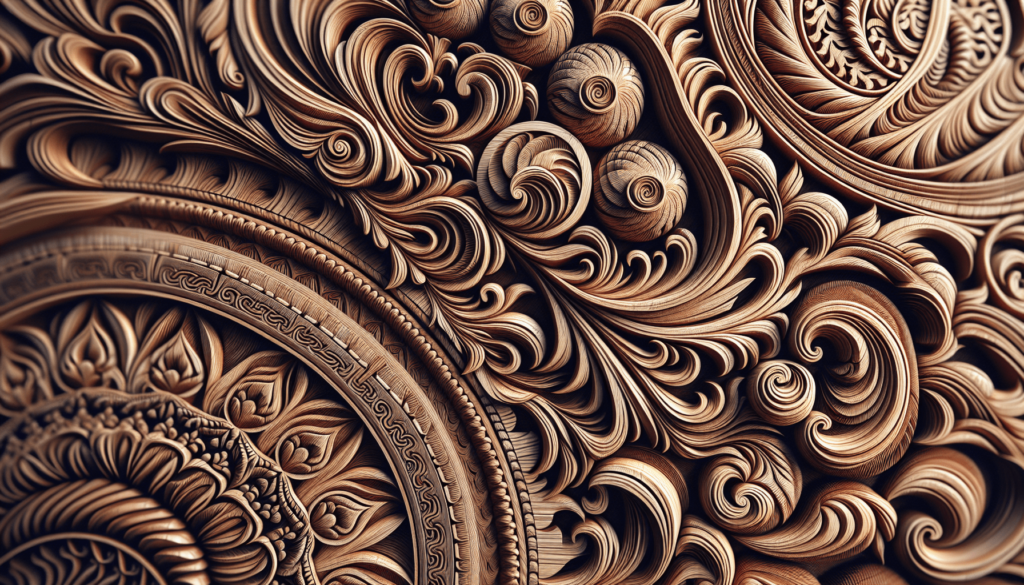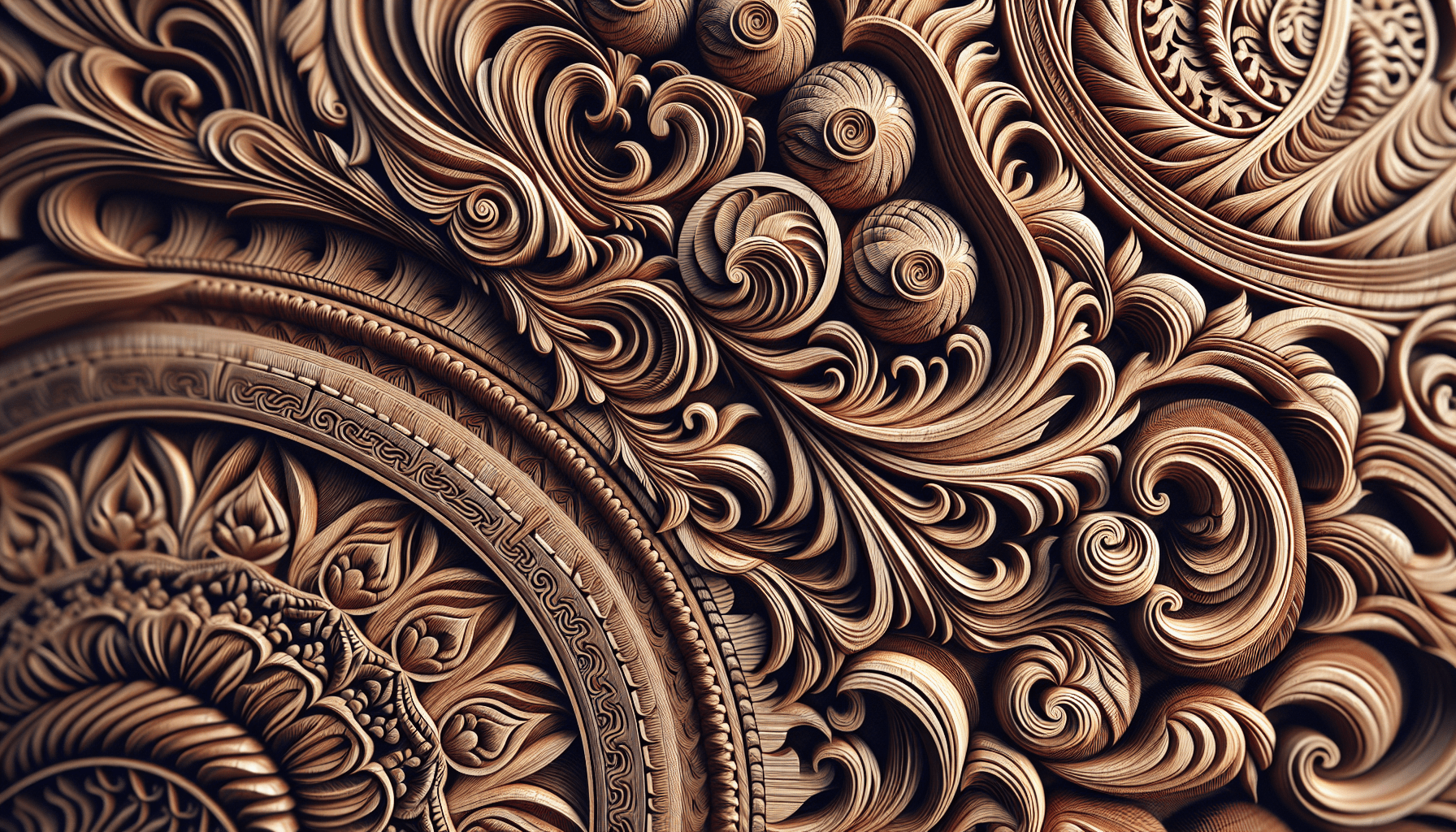When I first became interested in woodworking, I was immediately captivated by the intricate and beautiful designs artisans create with such a seemingly simple material. These designs have specific names depending on their styles and techniques, such as inlay, marquetry, and intarsia. “What Are The Designs In Wood Called?” dives into the fascinating world of these woodcraft techniques, unraveling the unique characteristics and histories behind each form. Whether you’re a seasoned woodworker or just an admirer of fine craftsmanship, this article offers a glimpse into the art that transforms wood into stunning pieces of work. What Are The Designs In Wood Called?
So, have you ever stared at a beautiful piece of wooden furniture and wondered, “What exactly are these intricate designs in wood called?” If you have, you’re not alone. I too have found myself lost in the mesmerizing swirls and patterns of wooden décor, often pondering the art and craftsmanship behind it. Turns out, there’s a treasure trove of terminology and techniques that make up the fascinating world of wood design. Sit back, relax, and let’s dive into the captivating universe of wood artistry.

The Basics of Wood Design
When we talk about wood designs, we’re essentially discussing the various techniques and patterns used to enhance the intrinsic beauty of wood. Whether it’s the delicate inlays, intricate carvings, or unique finishes, each design has its own name and method.
Types of Wood
In the realm of wood design, not all wood is created equal. Different types of wood lend themselves to different techniques due to their unique properties. Below is a handy table outlining some commonly used woods and their characteristics:
| Wood Type | Characteristics | Best Used For |
|---|---|---|
| Oak | Hard, dense, and durable | Furniture, flooring |
| Walnut | Rich color, easy to work with | Cabinets, gunstocks |
| Mahogany | Strong, resistant to rot | Fine furniture, boat building |
| Maple | Dense, fine grain | Bowling pins, butcher blocks |
| Pine | Soft, easy to carve | Carpentry, furniture |
Grain Patterns
One of the first things you notice about wood is its grain pattern. The way the grain runs can have a significant impact on the overall look and feel of the final product. Here are some of the most common grain patterns:
- Straight Grain: Lines run parallel, giving a uniform look.
- Cross Grain: Lines run perpendicular to the long axis, often used for contrast.
- Wavy Grain: Features undulating patterns, giving a dynamic appearance.
- Curly Grain: Looks like curls or swirls and can catch the light beautifully.
Techniques Used in Wood Design
The art of wood design involves numerous techniques, each with its own skill set and tools. Let’s break down some of the most common ones.
Carving
Carving is probably one of the oldest forms of wood design. This technique involves cutting wood to form intricate shapes and designs. There are several types of carving methods:
- Chip Carving: Small chips are removed to create a pattern.
- Relief Carving: The background is carved away to make the design stand out.
- Whittling: Using a knife to shave and shape wood, commonly associated with folk art.
Inlay
Inlay is the art of embedding different materials into wood. This can include metals, stones, or even other types of wood. The surface of the wood is carved out to fit the inlay material, creating a beautiful contrast in both texture and color.
- Wood Inlay: Using pieces of wood of different colors and grains.
- Metal Inlay: Commonly used for decorative accents.
- Stone Inlay: Adds an earthy, luxurious feel.
Joinery
While joinery may seem like a less glamorous aspect of wood design, it’s fundamental. The way pieces of wood are joined can greatly affect the aesthetic appeal and durability of a piece.
| Joinery Technique | Description |
|---|---|
| Dovetail Joint | Interlocking ‘tails’ and ‘pins,’ strong and attractive |
| Mortise and Tenon | A protruding tenon fits into a mortise hole, often used in chair and table construction |
| Finger Joint | Interlocking fingers create a strong bond, often used in box making |
| Biscuit Joint | Oval-shaped biscuits add strength when glued into slots |
Marquetry and Parquetry
Both marquetry and parquetry involve the artistic arrangement of wood veneers.
- Marquetry: Focuses on creating images or scenes. Think of it as painting with wood.
- Parquetry: Used mainly for geometric patterns, often seen in flooring.
Surface Treatments
Once the wood is carved, inlaid, or joined, it still needs a finishing touch. Surface treatments not only protect the wood but also enhance its natural beauty. Some popular options include:
Staining
Staining adds color while allowing the natural grain to show through. Different types of stains include oil-based, water-based, and gel stains. Each has its own pros and cons, but the goal remains the same: to deepen the wood’s color.
Varnishing
Varnish offers a higher level of protection compared to stains. It forms a hard, protective layer on the wood’s surface. Options here include polyurethane, varnish, and lacquer.
Painting
While some might argue painting wood covers its natural beauty, it’s an excellent option for modern and contemporary designs. Different paint finishes like matte, gloss, or eggshell can drastically change the look of the wood.
Distressing
Distressing gives wood a vintage, worn look. Techniques include beating the wood with chains, using wire brushes, or applying paint in layers and then sanding them off.
Special Types of Woodworking
Several specialized forms of woodworking merit their own mention, each with a rich history and cultural significance.
Intarsia
Intarsia is similar to inlay but raised, creating a three-dimensional effect. Pieces of wood are shaped and glued onto a backing to create an intricate design with depth and texture.
Scroll Saw Art
Scroll saw art involves cutting intricate patterns into a single piece of wood. The scroll saw allows for tight curves and detailed designs, making it perfect for creating lace-like patterns and fretwork.
Pyrography
Also known as wood burning, pyrography involves burning designs onto the wood surface using a specialized tool. The result is a detailed, burnt design that contrasts beautifully against the wood.
Veneering
Veneering involves gluing thin slices of wood onto a surface to improve its appearance. This is commonly used in fine furniture and cabinetry to create intricate designs without using large amounts of expensive wood.

The Future of Wood Design
As we move further into the 21st century, wood design continues to evolve. Modern technologies like CNC machines and laser cutters are making it easier than ever to achieve complex designs. These advancements allow craftspeople to push the boundaries of what’s possible, merging traditional techniques with cutting-edge technology.
Sustainable Woodworking
In our eco-conscious age, sustainability is a big topic. More and more designers are focusing on using reclaimed wood and eco-friendly finishes. Not only does this help the environment, but it also adds a history and story to each piece.
Digital Design
Software and 3D modeling are becoming an essential part of the design process. Designers can now create digital prototypes, experiment with different patterns, and even simulate how various finishes will look—all before ever cutting a piece of wood.
Why It Matters
Wood designs are more than just aesthetically pleasing patterns; they tell a story. The choice of wood, the grain pattern, the technique used—all of these elements come together to create a piece that is unique and meaningful. In a world increasingly dominated by mass-produced items, handcrafted wood designs offer a touch of authenticity and craftsmanship that’s hard to replicate.
Conclusion
So, there you have it—the intricate world of wood design demystified. From the types of wood and their grain patterns to the various techniques used to create stunning pieces, the art of woodworking is as rich and diverse as the wood itself. Whether you’re a seasoned woodworker or simply someone who appreciates fine craftsmanship, understanding the terminology and techniques behind these designs can deepen your appreciation for this timeless art form. Now, the next time you admire a beautifully crafted wooden piece, you’ll know exactly what to call those mesmerizing designs.

